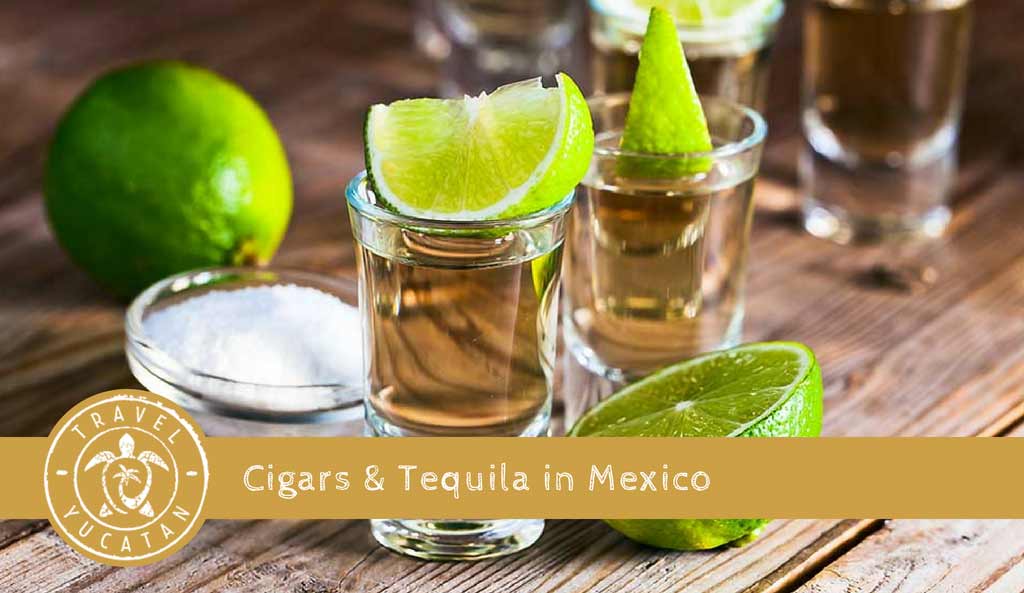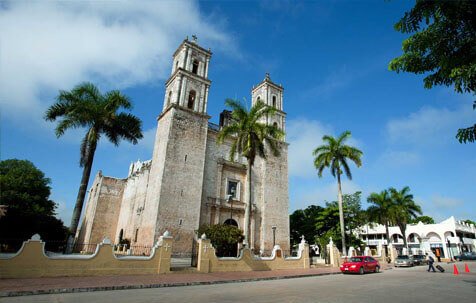CIGARS

Mexico is home to a number of quality-produced cigars as well as imports. If you are looking to buy Cuban cigars you will have no problem finding them, especially in the Mayan Riviera. We recommend purchasing them from a legitimate cigar store. If you buy from the black-market you probably will not receive the cigar you think you are buying.
FAKES
In Cuba every person has an uncle or friend who works in a cigar factory. They tell you that they are allowed to take home 3 cigars every day. They carefully save their cigars then obtain a box and sell them at a dramatically reduced price.
First off the cigars are allegedly from a “seconds” pile. In most cigar factories when there is a bad cigar they unwrap it and reuse the tobacco or they use the tobacco for cigarettes. The black-market cigars have rings that are made from color laser printers or color photocopiers. The boxes they come in are bad reproductions, used boxes or stolen. The official labels are fakes but good reproductions.
The whole idea behind black-market cigars is to fool you and customs. However you can usually try a cigar before you buy them and sometimes the cigars are good and worth every penny, even more. As a matter of fact sometimes you do receive the real cigar on the black-market, it’s a tricky business.
The amount of authentic cigars that make it over to Mexico on the black-market is minimal. Mexico is not like Cuba and you are not hounded to buy cigars wherever you go. There are legal cigar stores in every city that carry great assortments of imported cigars and tobacco. Generally speaking I have found cigars to be 1/6th the cost of the same Cuban cigar sold in Canada. You can also buy single cigars, rolling papers and all assorted smoking paraphernalia.
Most resorts carry a limited number of brands in their store and some resorts even have well equipped cigar stores. Prices are generally higher than the stores in town.
TEQUILIA

Tequila is made from distilled sap from hearts [pinas] of the blue agave or maguey [mah-gay] plant.
The blue agaves are still planted and harvested by hand. Its blue-gray sword-like leaves give the plant the appearance of a cactus however the plant is related to the lily and amaryllis. Although it shares a common habitat with many cacti, it is not one itself and has a different life cycle. It typically takes the plant 8-12 years after planting before it is ready for harvesting.
The name agave comes from the Greek word for noble and there are 136 species of agave in Mexico. Of these the blue agave – agave tequilana weber azul – is the only one allowed for use in tequila production.
The harvested agave heart is chopped to bits, fed into ovens and cooked for up to three days. After it is cooked the softened plants are shredded and juiced. This juice, called aguamiel [for its golden syrupy appearance] is then pumped into vats where it typically is mixed with sugarcane and yeast before fermenting. By law, the mixture MUST contain no less than 51% agave.
There are four varieties of tequila:
- White or silver tequila is not aged and no colours or flavors are added.
- The gold variety is un-aged but colour and flavor, usually caramel is added.
- Tequila reposado (rested) has been aged at least two months in oak barrels and colouring and flavoring agents usually have been added.
- Anejo (aged) tequila has spent at least one year in oak barrels, also with added colouring and flavoring
THE WORM [GUSANO] – There is no worm in Mexican-bottled tequila.
There is however a worm in American-bottled tequila.
We have encountered two explanations for the worm:
- It is only a marketing ploy and not a Mexican tradition.
- It is a test to ensure the ratio of alcohol is sufficient. If there is enough alcohol in the bottle the worm is supposed to die.
Apparently the worm gimmick was initiated in the 40’s to booster Mezcal sales. The myth that came to be synonymous with the worm is that you get a psychedelic high after ingesting the dead worm. I have even spoken to individuals who swear they got high from the worm however I simply have to question their judgment since they drank the tequila to get to the worm so their experience is somewhat skewed.
There are two types of gusano in mezcal:
- gusano rojo – the red [considered superior because it lives in the root and heart of the maguey]
- gusano de oro – white/gold [which lives on the leaves and is less-prized]
The larvae from both types of gusano are commonly eaten as food.
HOW TO DRINK TEQUILA
Lick the back of your hand and sprinkle salt on it
Lick the salt
Down the shot in one gulp
Suck on a wedge of lime
Lick more salt
TEST YOUR BARTENDER
Ask your bartender to make you a Mexican Flag. It is not the easiest drink in the world to make and will definitely give you an indication of you’re bartenders prowess.










